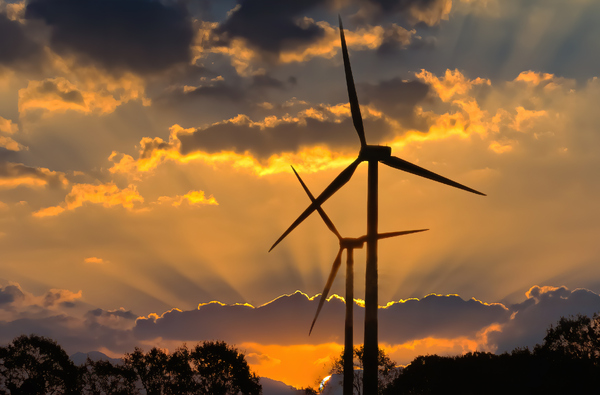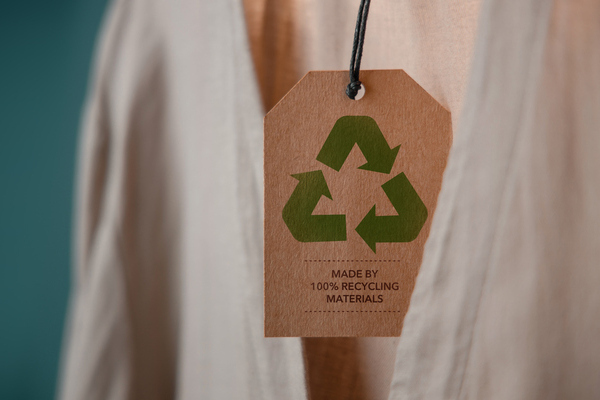Power Purchase Agreements: a new approach to energy

Tony O’Carroll at Conrad Energy explains how PPAs could take the spotlight in the energy transition
COP29 came to a close at the end of November, and inevitably, one of the major talking points of the conference was the sustainability, security, and stability of energy supply. As the global economy continues to strive for progress on the energy transition, it is doing so against the backdrop of legacy oil and the long-term effects of global geopolitics.
In 2025, these challenges are likely to persist, and so we can anticipate that the concerns around energy security and cost, and the need to balance these with sustainability efforts. With the release of the UK Government’s recently announced ‘Clean Power 2030’ policy with further specifics on UK ambitions for Clean Power, it is clear that energy transition will remain high on the agenda of boardrooms across the UK.
Moreover, the past year has seen both government and businesses pay greater attention to the energy infrastructure issues that the UK is grappling with. Indeed, research from energy consultancy Cornwall Insight and law firm Weightmans recently found that grid connection delays were one of the biggest threats to meeting the UK’s net zero ambitions, whilst energy regulator Ofgem earlier this year announced that a spend of over £15bn on grid upgrades was necessary to meet the country’s sustainability targets.
The impact of the current landscape for energy supply on businesses is, simply put, that energy is costing more, and it is more difficult to decarbonise their operations.
However, savvy businesses will always explore their options and think outside the box. One option that is growing in both recognition and popularity is sourcing energy through a ‘Power Purchase Agreement’, or PPA.
What is a PPA?
Put simply, a PPA is a contract that a business can enter into with an energy generation asset, agreeing a fixed price for the energy generated. Often these assets are located well away from the end consumer; however, business can even leverage PPAs to transition to a model whereby it provides its own supply of sustainable energy – an approach known as ‘behind the meter’ energy.
When done strategically, PPAs can deliver long term energy price certainty and clear and auditable reductions in scope 2 Greenhouse Gas emissions.
Typically, the energy requirement will be matched against the provider’s renewable energy output, effectively meaning that for however much energy is consumed, an equal amount of renewable energy is produced.
This approach has several advantages, including boosting the sustainability credentials of the business entering the PPA. However, arguably the most impactful advantage of this approach to sourcing power is that it offers far greater price stability than sourcing power on traditional short-term supply contracts.
Because a fixed price has been agreed over the lifespan of the PPA, the business won’t be vulnerable to sudden spikes in the cost of electricity, which as we’ve seen over the past few years, can suddenly and drastically change because of totally unforeseeable events – be they geopolitical, climate-related, or availability of supply. This resilience means that businesses can operate with greater predictability over what their energy costs will be in the long term.
Going ‘behind the meter’
Businesses can go even further than just agreeing a fixed rate for energy supply. Through a PPA, businesses can also look to establish ‘behind the meter’ energy supply – in short, this entails building on-site or near-site renewable energy generation assets, and then providing your power supply directly.
Of course, simply building a solar farm or wind turbines is not something that any business can readily and easily do, nor is managing its own energy on a day-to-day basis to ensure that its supply is not disrupted. Therefore, transitioning to behind the meter energy supply is typically done with the energy supplier providing the PPA, with the capex costs of building the energy generation baked into the agreement so that the business has no upfront costs to consider.
The bottom line for businesses is that the cost of behind-the-meter energy is lower than energy bought directly from the grid, meaning that the initial capex costs of installing renewable assets will effectively pay for itself in savings in the long term. Businesses that own and operate their own renewable power assets will also have the option of selling excess energy back to the grid, and businesses can also potentially take advantage of a range of tax credit schemes designed to encourage the installation of renewable energy.
Digging into the data
Of course, the cheapest kWh of electricity is the one that is never consumed, and so a significant component of any strategy for reducing energy costs is to obtain a deep insight into the energy consumption and optimise a business’ energy use – or, in other words, using energy when it is most cost effective and environmentally friendly.
A deep dig into the data about when a business’ operations are using the most energy, what their true energy needs are, and where these two factors can be better optimised is the essential first step for reducing energy costs. Entering a PPA or establishing behind the meter energy can make this first step easier to take, because it enables the supplier to match energy output to the business’ energy demand with far greater accuracy.
For example, for a business like a food producer or manufacturing plant, switching some operations that are currently being run overnight to the daytime when solar energy is more readily available could offer significant cost and environmental benefits. With a better grasp of how a business is using its energy, it can also better prepare for shifts in the availability of power and make more informed decisions about energy purchase moving forward.
Overall, PPAs are proving an increasingly valuable option for businesses who have been impacted by the turbulence in energy markets in recent years, as they can provide peace of mind, cost savings, and improved sustainability credentials.
All this is against the backdrop of innovations that are boosting the output of renewable energy assets - a single onshore wind turbine installed today, for instance, can now generate over 4MW of energy, more than twice that of turbines installed five years ago. We also now have software that can capture and show energy usage data in far greater detail than ever before.
In the next decade, it is likely we’ll see PPAs and behind the meter energy take a more prominent role in the energy transition.
Tony O’Carroll is CEO of Conrad Energy
Main image courtesy of iStockPhoto.com and Mahmud013

Business Reporter Team
Most Viewed
Winston House, 3rd Floor, Units 306-309, 2-4 Dollis Park, London, N3 1HF
23-29 Hendon Lane, London, N3 1RT
020 8349 4363
© 2025, Lyonsdown Limited. Business Reporter® is a registered trademark of Lyonsdown Ltd. VAT registration number: 830519543





